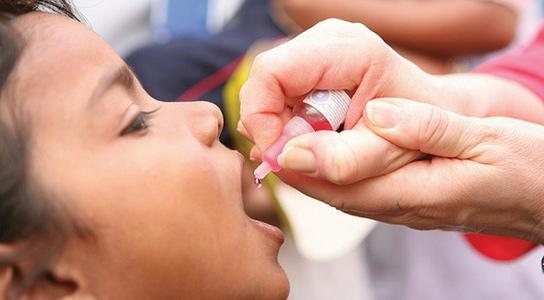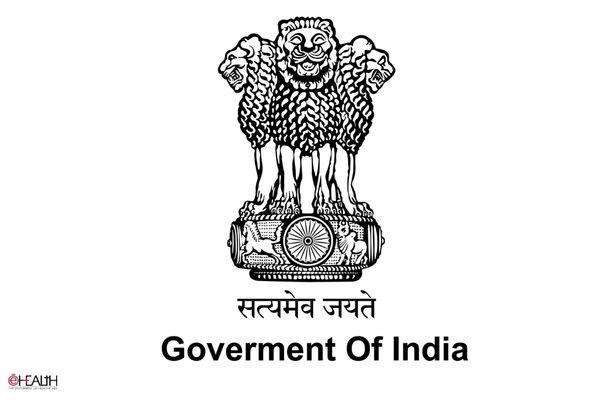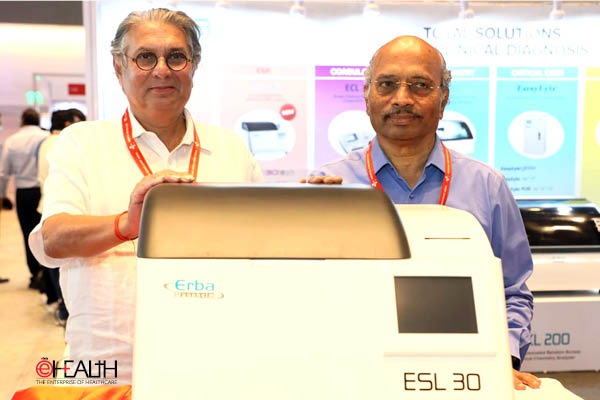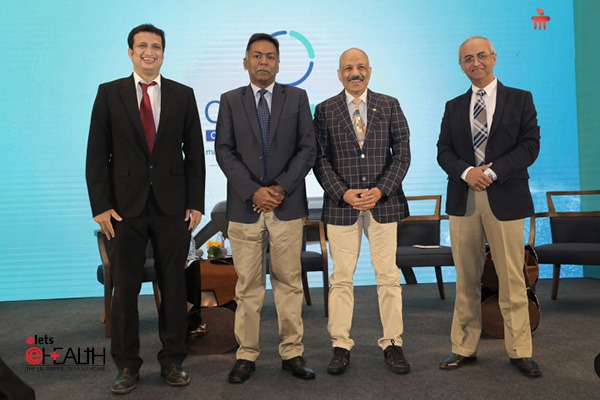
 The Eleventh International Rotavirus Symposium began just two months after Indian Prime Minister Narendra Modi announced that the Government of India would provide a rotavirus vaccine to all Indian children, and weeks before the highly anticipated UN General Assemblys 69th opening session, which will assess progress towards the Millennium Development Goals (MDGs).
The Eleventh International Rotavirus Symposium began just two months after Indian Prime Minister Narendra Modi announced that the Government of India would provide a rotavirus vaccine to all Indian children, and weeks before the highly anticipated UN General Assemblys 69th opening session, which will assess progress towards the Millennium Development Goals (MDGs).
At the three-day conference, more than 600 experts from 56 countries will examine new surveillance data and studies demonstrating the effectiveness and impact of vaccination for rotavirus, a leading cause of severe and fatal diarrhea in children under five years of age worldwide. Killing between a quarter and a half a million children each year, rotavirus significantly impedes achieving MDG4: reduce child mortality.

We cannot reduce death and suffering from rotavirus ” as well as its significant economic toll ”without vaccines, said Dr. Mathuram Santosham, chair of ROTA Council and professor of International Health and Pediatrics at Johns Hopkins University in Baltimore, Maryland, United States. Greater prioritization of rotavirus vaccines will protect children and avoid substantial health costs to families and healthcare systems. India, which has a heavy rotavirus burden but is home to a promising new vaccine, is the perfect setting to uate the current scientific evidence on rotavirus vaccines to inform decision-making.
Globally, diarrhea is one of the most common causes of hospitalizations of children. According to the World Health Organization (WHO), more than one-third (36 percent) of all hospitalizations for severe diarrhea are caused by rotavirus. In some settings around the world, hospitalizations are a tremendous financial burden to already impoverished families and strain health systems. However, rotavirus vaccines could cut hospitalizations of children under five by four to eight percent and substantially improve child health and survival.
If used in all GAVI-eligible countries, rotavirus vaccines could also prevent an estimated 180,000 deaths and avert six million clinic and hospital visits each year, saving US $68 million in annual treatment costs. Yet, despite the WHOs recommendation for all countries to introduce rotavirus vaccines in their national immunization programs, only 35 percent of countries worldwide (69) have done so. Of those countries, only one is in Asia.

This summer, India announced it would introduce a new vaccine, shown to reduce severe diarrhea caused by rotavirus by 56 percent during the first year of life. Rotavirus is estimated to cause more than 78,000 deaths, 800,000 hospitalizations and three million outpatient visits each year in India.
Every child deserves the chance to live a long, healthy, productive life, said Dr. Gagandeep Kang, head of the Wellcome Trust Research Laboratory at the Christian Medical College in Vellore, Tamil Nadu, India. When rotavirus vaccines are part of a comprehensive strategy including oral rehydration solution (ORS), breastfeeding, good nutrition, and improved water, sanitation and hygiene, we can make this vision a reality.
Overall, 95 percent of rotavirus deaths occur in developing countries in Asia and Africa. In Asia, rotavirus kills approximately 188,000 children under five each year and in Africa, rotavirus kills 232,000 children under five each year. However, children everywhere are at risk of infection.
The Eleventh International Rotavirus Symposium brings together scientists, clinicians, public health professionals, immunization leaders, vaccine industry representatives and members of the donor community. The Sabin Vaccine Institute serves as the organizing secretariat. The full list of conveners can be found at www.rotavirus2014.org, and the agenda can befound here.
Be a part of Elets Collaborative Initiatives. Join Us for Upcoming Events and explore business opportunities. Like us on Facebook , connect with us on LinkedIn and follow us on Twitter , Instagram.












